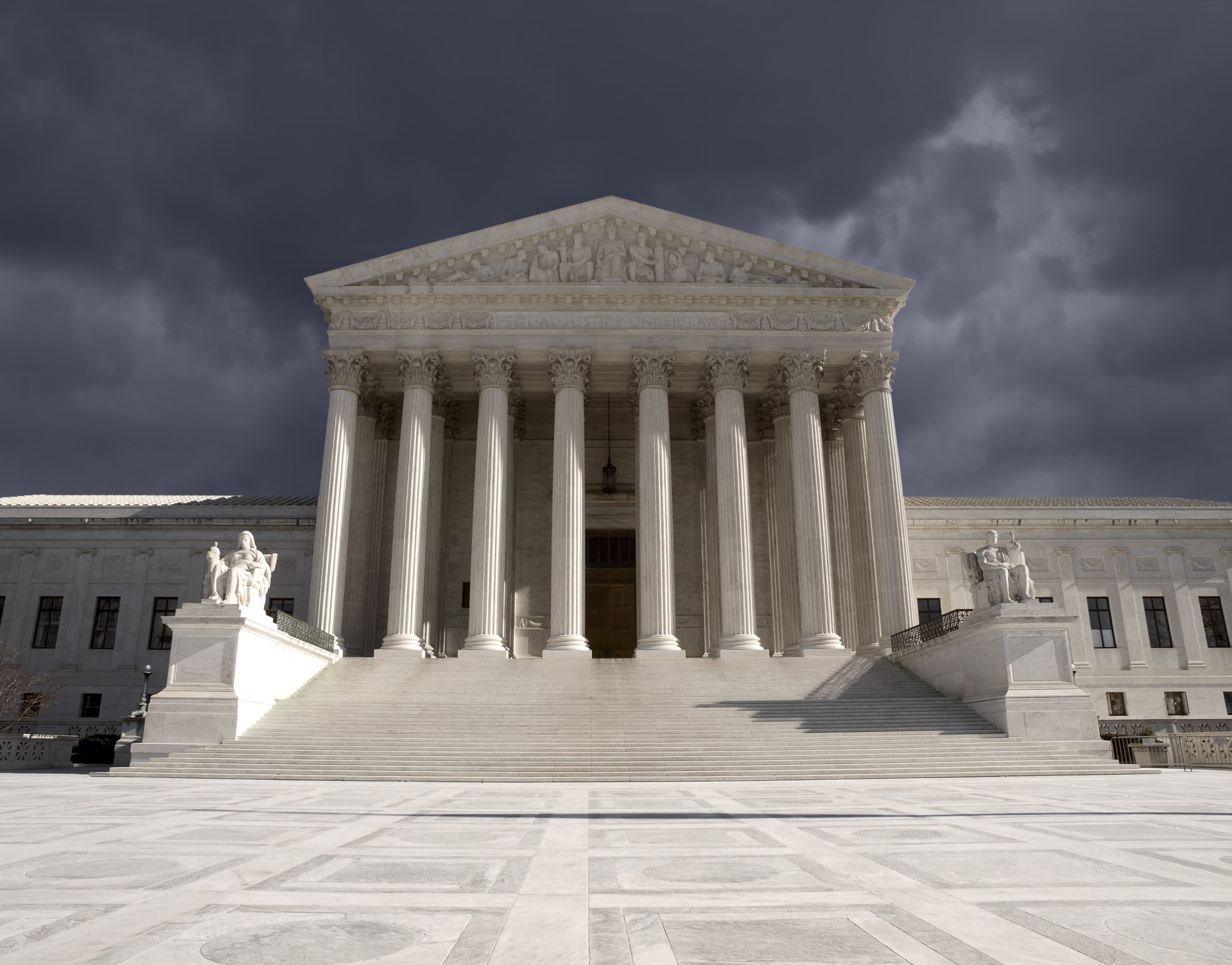CareDx/Stanford Tell Justices the Court ‘Needs to Take Another Section 101 Case’
“According to the petition, the Federal Circuit has invalidated every medical diagnostic patent to come before it since Mayo Collaborative Services v. Prometheus Laboratories, Inc., ‘powerfully undercutting the incentive to innovate and invest in life-saving medical diagnostics.’”
CareDx, Inc. and the Board of Trustees of the Leland Stanford Junior University earlier this week filed a petition for certiorari with the U.S. Supreme Court asking the justices to review a 2022 decision holding certain claims of its patents directed to detection levels of donor cell-free DNA (cfDNA) in the blood of an organ transplant patient patent ineligible.
The U.S. Court of Appeals for the Federal Circuit (CAFC) affirmed the district court’s ruling in favor of Natera, Inc. and Eurofins Viracor, Inc. that the relevant claims of CareDx’s U.S. Patent No. 8703652, U.S. Patent No. 9845497, and U.S. Patent No. 10329607, which were conceived of by three Stanford university scientists, were directed to the detection of natural phenomena and that the shared specification included admissions that the claims only recited conventional techniques. In affirming the district court’s Section 101 summary judgment ruling, Judge Alan Lourie noted that “[t]his is not a case involving a method of preparation or a new measurement technique.”
The Federal Circuit drew several parallels between the Section 101 issues in CareDx’s appeal and the appellate court’s 2015 decision in Ariosa Diagnostics, Inc. v. Sequenom, Inc. In that ruling, the Federal Circuit invalidated patent claims covering methods of detecting paternally inherited levels of cell-free fetal DNA (cffDNA) in maternal blood.
But in its petition, CareDx outlined a confusing procedural history that arguably mirrors the broader confusion over Section 101. A magistrate judge recommended that Natera’s and Eurofins’ motions to dismiss the case based on ineligibility should be denied at Alice step one, and the district court agreed, and also dismissed later motions for summary judgment on Section 101 grounds. But the court subsequently reconsidered its decision sua sponte and granted summary judgment, remarking in the process that “‘the state of § 101 law’ is ‘fraught, incoherent, unclear, inconsistent, and confusing, and indeterminate and often leading to arbitrary results,” according to the petition. In granting summary judgment, the district court pointed to the common specification of the patents, which included a statement that the methods “employ, unless otherwise indicated, conventional techniques.” The CAFC affirmed, stating that even an improved method disclaiming discovery of the natural law is directed to natural phenomena if it relies upon conventional techniques. At Alice step two, the CAFC agreed with the district court that the patents lacked an inventive concept.
Even Better
CareDx opened its argument for granting certiorari by proclaiming that “this Court needs to take another Section 101 case.” The petition noted that the Court has called for the views of the U.S. Solicitor General (SG) five times over the last five years and the SG has consistently urged the Court to grant cert in an appropriate case. The SG has recommended granting cert in two pending cases, Interactive Wearables, LLC v. Polar Electric Oy and David A. Tropp v. Travel Sentry, Inc. et. al.
However, CareDx explained that its case is an “even better” vehicle for granting cert because it raises many of the same problems but “the problems here are even worse.” Specifically, Tropp and Interactive Wearables involve technology in uncontroversial fields, whereas CareDx’s patents get to the heart of the biggest problems with the Federal Circuit’s eligibility jurisprudence: “the natural phenomena exception to medical diagnostics, the field where the need for this Court’s review is most pressing.”
According to the petition, the Federal Circuit has invalidated every medical diagnostic patent to come before it since Mayo Collaborative Services v. Prometheus Laboratories, Inc., “powerfully undercutting the incentive to innovate and invest in life-saving medical diagnostics.”
Reinvigorate and Refocus
Furthermore, the case gives the Court the chance to refocus the Section 101 analysis on the statutory text, which expressly protects “new and useful improvements” upon preexisting processes, said the petition, adding that “this explains the Stanford Patents perfectly.” The petition added that the patents claim an improved method for measuring a previously known natural phenomenon for a useful purpose; while the scientific community had known of the correlation for a decade, it “had developed only limited ways to measure it.” The petition argued: “This case would accordingly enable this Court to reinvigorate the role of Section 101’s statutory text in a manner consonant with the preemption concerns that animate this Court’s precedents.”
Finally, the petition said the case would allow the Court to clarify the role of “conventionality” at both steps of the Alice inquiry. The Solicitor General told the Court in Interactive Wearables that the Federal Circuit erred in overly relying on considerations of novelty and nonobviousness at step two of the Alice inquiry. “Here, the Federal Circuit made that same mistake at step two—and also made a similar mistake at step one,” said the petition. At step one, the court said that even an improved measurement method fails if it uses only conventional techniques, and at step two dismissed the patents as a “logical combination” of “standard, well-known techniques,” which the petition said is “tantamount to a finding of obviousness and improperly uses Section 101 to circumvent this Court’s obviousness jurisprudence.”
In the alternative, the petition suggested asking the SG for views on whether the case warrants plenary review, or else holding the case pending the outcome of the Tropp and Interactive Wearables petitions.
Eileen McDermott
Eileen McDermott is the Editor-in-Chief of IPWatchdog.com. Eileen is a veteran IP and legal journalist, and no stranger to the intellectual property world, having held editorial and managerial positions at […see more]







